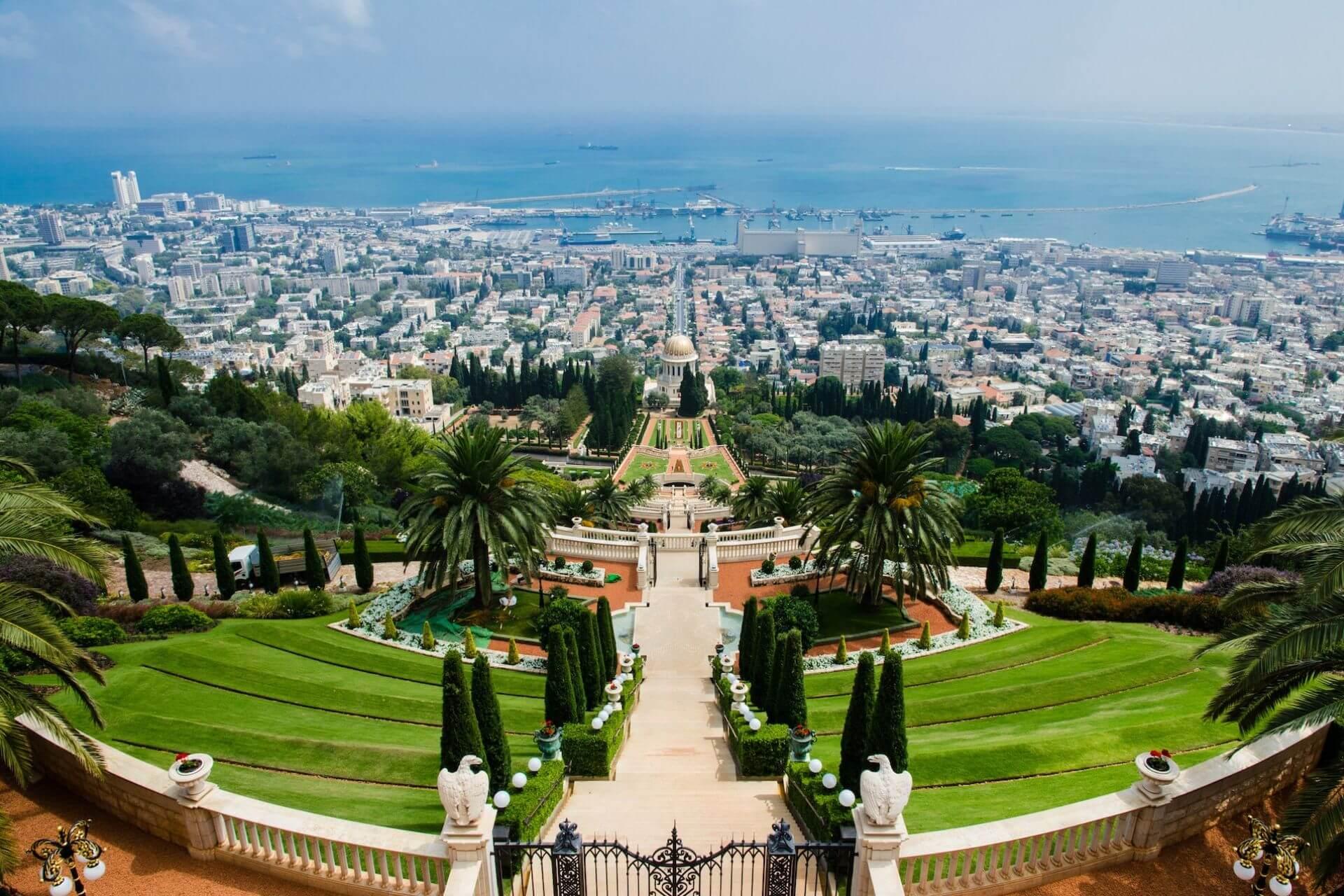
The Holy Land of Israel witnesses the coexistence of the world's greatest monotheistic religions

The Holy Land of Israel witnesses the coexistence of the world's greatest monotheistic religions
This modern state, which invokes the millennia-old legacy of the biblical land of the Israelites, is still struggling to find its place in the Arab world in which it has only relatively recently settled. The cradle of Christianity, the ancient home of Judaism and the not inconsiderable traces of Islam make Israel an extremely interesting meeting point and a place of conflict between three cultures. The territory of Israel is small, but it is extremely diverse. Modern cosmopolitan cities are springing up along the Mediterranean coast, while the southern tip, bordering Jordan and Egypt, is the Negev desert, sparsely populated by indigenous people. To the north are the mountain ridges of Galilee, Carmel and the Golan with Mount Hemron as the highest peak, and the agricultural central highlands fall to the east to the Jordan River and the Dead Sea.
Tel Aviv – Yafo: two worlds in one
"Spring Hill" or Tel Aviv, is the centre of Israel's economic and cultural life. Tel Aviv's silhouette is made up of skyscrapers and 14 kilometres of beautiful beaches with clear water and golden sand, lined with luxury hotels and restaurants.
Known among more conservative Israelis as the "City of Sin", Tel Aviv is the most open place in the entire Holy Land, home to many bars, clubs and restaurants. Locals come here to party and enjoy life. Its atmosphere is unmatched by European cities such as Berlin or Stockholm. The Neve Tzedek area in the south of the city is especially famous for its picturesque houses, numerous cafés and excellent restaurants.
If you're looking for a bit of tranquility, head to one of the oldest harbours in the world, the Arab port of Yafo, which can be easily reached via the promenade south of the city. The place reflects the coexistence of Muslims and Christians, who have lived side by side here and influenced each other's cultures since time immemorial. The local streets, waterfront and ancient houses invite you to stroll or sit over a coffee. Yafo has grown into the life of bustling Tel Aviv and nicely shows the dual life of Israel – Jewish modern and Arab traditional.
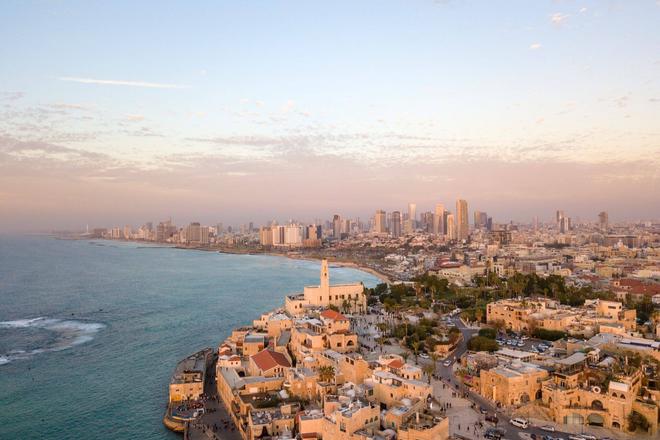
Caesarea Maritima: home of Pontius Pilate
60 kilometres north of Tel Aviv lies Caesarea Maritima. It is a well-preserved Roman town where Pontius Pilate lived and worked for some time. Parts of the buildings, the palace and the amphitheatre have been preserved and now host concerts and theatre performances. At the beginning of the second millennium, the Crusaders took over the port. As the prestige and wealth of the city grew, Caesarea was given massive walls.
In part of the palace the interesting restaurant Limani was built, which offers local specialties and seafood. As part of the town was once swept away by an earthquake, it is possible to continue the tour of the castle with a snorkel underwater. Just outside the entrance gate is a long beach shielded by a 2,000-year-old aqueduct that once brought water from the Carmel Mountains 30 kilometres away.
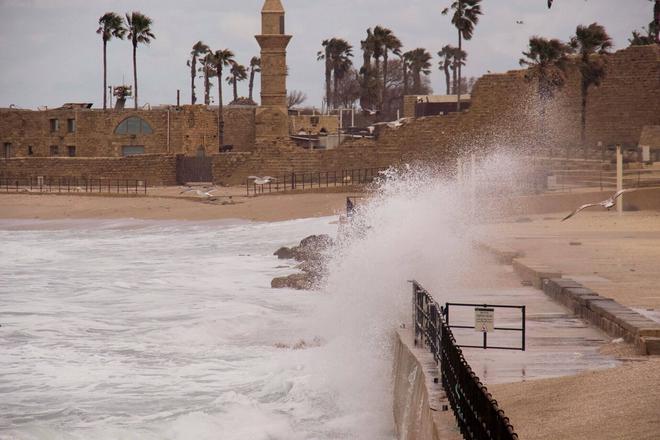
Akko: not even Napoleon succeeded here
70 kilometres to the north is the town of Akko. Although this port was already used by the Phoenicians, its fame began with the Crusades, when it became the main gateway for Christian soldiers arriving in the Holy Land. It was then that medieval walls, Templar tunnels and other fortifications were built here, which even the famous Napoleon was unable to capture during his campaign in 1799.
The perfectly preserved historic core of Akko, however, dates back to the Ottoman Turks who used the foundations of the Crusader city in the 18th century. The narrow streets are lined with Arab shops, Jewish restaurants and magnificent mosques (such as Al-Jazzar), while the walls shelter three large caravanserais, Khan al-Umdan with its distinctive clock tower, Khan al-Faranj and Khan al-Shuhada. Great food can be had at the Uri Buri or Galileo restaurants. The old market square offers the opportunity to sample delicious hummus, and you can relax in the gardens around the Baha'i Temple.
The vast majority of the population of this city of nearly 50,000 today is Jewish, the rest are Israeli Arabs. Coexistence between these two ethnic groups is not always easy.
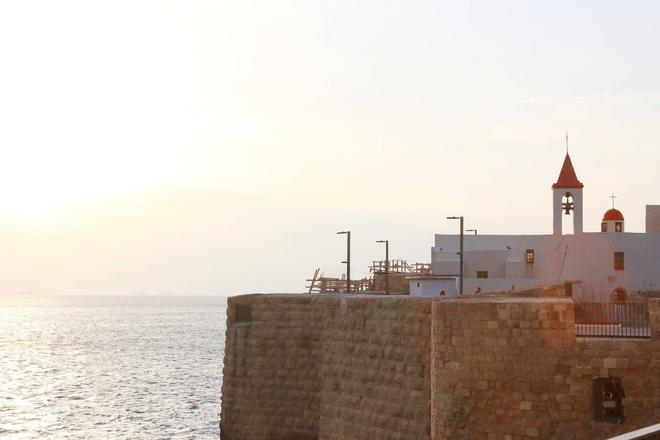
Mount Hermon: the mountains of three states
At the problematic borders with Syria and Lebanon, on the southern slopes of the two-thousand-foot Mount Hermon, lies the highest point of the Jewish state. A good base for touring the area is the Druze town of Majdal Shams, where you'll find comfortable accommodation and excellent restaurants. The base of the mountain is easily reached by car, then just hop on a cable car and be taken to Israel's "summit". In the winter, the magnificent views of the surrounding countryside can be combined with skiing, cross-country skiing or tobogganing in Israel's only resort.
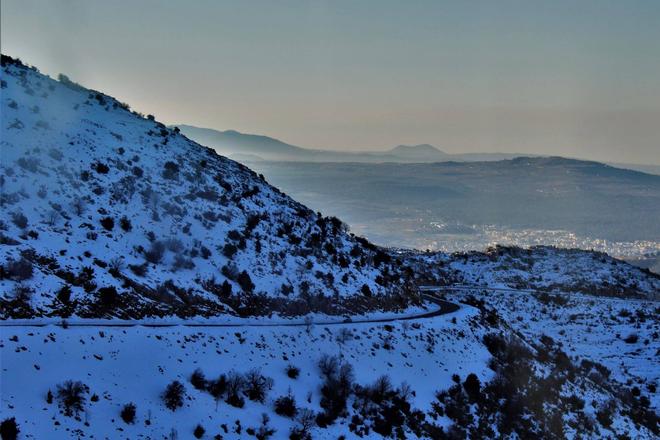
The Sea of Galilee
Jesus walked on the surface of the Sea of Galilee – as we know from the Bible. That's why Christian pilgrims are the main group of visitors to the town of Tiberias on the shores of the lake. Many are baptised in the nearby Jordan River, while others visit the biblical sites scattered around the area. You can take a boat ride on the lake or sit in one of the many restaurants on the beaches. The local speciality, St Peter's fish, is served everywhere.
Nazareth: the city of the Virgin Mary
In this largest Arab city in Israel, the Archangel Gabriel appeared to Mary more than two thousand years ago to tell her the good news. The modern Basilica of the Annunciation now stands on the site. It is one of the largest Christian religious buildings in the Middle East. It hosts a unique gallery of portraits of the Virgin Mary with the baby Jesus in her arms – you can compare Japanese, Spanish, Indian and African versions.
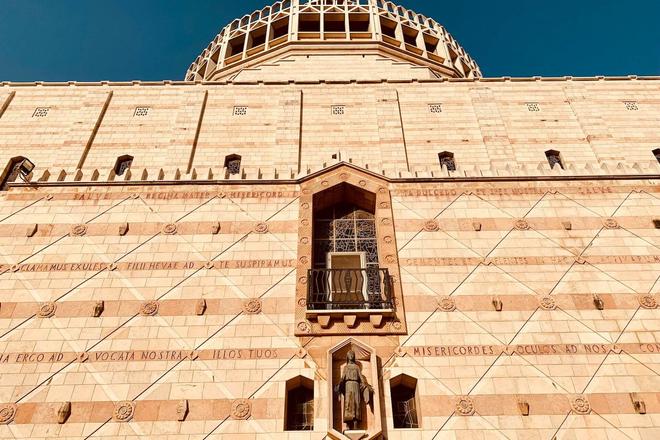
Jerusalem: the holy city of three religions
Jerusalem is one of the most beautiful and oldest cities in the world, witnessing two thousand years of coexistence between the world's greatest monotheistic religions. The walls enclose several neighbourhoods divided by nationality and religion of the inhabitants – the largest Muslim, then the Jewish and a small Armenian Christian neighbourhood. Although the houses and intricate streets are the same, the different neighbourhoods differ in their atmosphere. In 1949, Israel declared the western part of Jerusalem its capital, but this is not recognised by the vast majority of states, so most embassies are based in Tel Aviv.
One of the holiest sites in the City of David is the Wailing Wall, the western wall of Solomon's First Jewish Temple, destroyed by the Roman army. This is where men and women go separately to pray to God and leave wishes. During the Jewish Sabbath, which lasts from Friday to Saturday sunset, there are special rules at the Wailing Wall – no photos, no eating and no drinking. On Fridays, for a change, it is not possible to enter the Temple Mount, where the al-Aqsa Mosque and the magnificent Dome of the Rock with its golden dome are located, because of Friday Muslim prayers. Inside it is the rock from which Mohammed bounced on his way to heaven, and according to the Jews it is the cornerstone from which God created the world. Christians follow in the footsteps of Jesus and the cross along the Via Dolorosa up the Golgotha to the Church of the Holy Sepulchre.
The best view of Jerusalem is from the Mount of Olives. Below it lies the Jewish cemetery, the holiest place a Jew can be buried. This is where the Jewish messiah is to enter Jerusalem through the Golden Gate. And in the nearby Garden of Gethsemane, Christ meditated for the last time before his arrest.
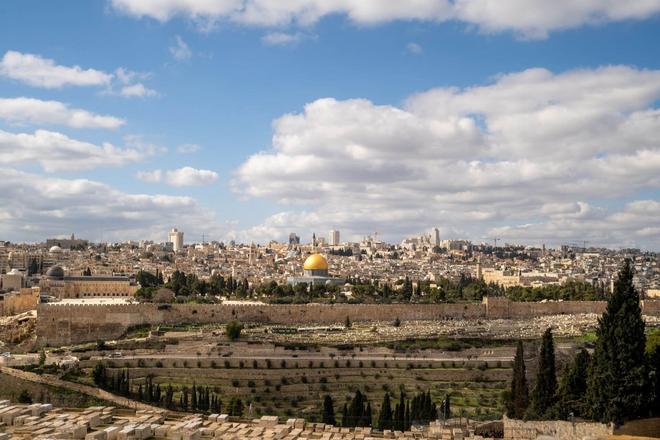
Ein Gedi: the Dead Sea Salt Bath
South of Jerusalem lies a bottomless lake called the Dead Sea. Its salinity exceeds 33% and increases as the lake dries up. Likewise, the sea level is decreasing and today the lowest point on Earth is 430 metres below the ocean surface. Most of the western shore of the Dead Sea is lined with steep cliffs and canyons that can be followed up to the plateau. On the accessible shores you'll find many resorts and spa hotels with private beach access. If you just want to take a quick dip in the Dead Sea and try the unusual saltwater buoyancy, try Ein Gedi, where you'll find a simple beach with a shower.
Just across the road you can enter the national park of the same name. The biggest attraction of the trip at Ein Gedi is David's Waterfall and the views of the Dead Sea from the trail to Mount Yishay. The water here flows through an excavated canyon in which it has carved out a rounded pool in places. Here you can enjoy a pleasant refreshment after a swim in the warm and almost salty Dead Sea or just sit in the shade of the palm trees.
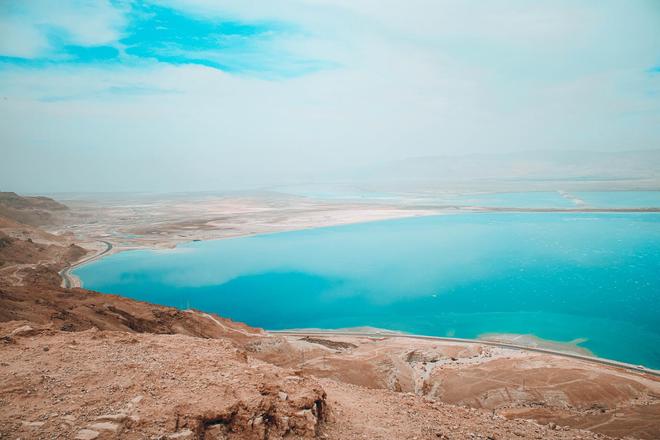
Micpe Ramon: a romantic night in the Negev desert
In the middle of the Negev Desert, about 200 kilometres south of Ein Gedi, you will find the giant canyon, Machtesh Ramon. It is 40 kilometres long and varies between 2 and 10 kilometres wide, with two wadis, basalt organs and a rich deposit of fossils at the bottom. The village of Micpe Ramon offers an impressive view of the landscape. It is located right on the edge of the sinkhole and it is possible to look out into the desert from a height of almost 200 metres. If you want to enjoy something rather romantic, descend into the crater and turn left after a few kilometres. There is a modest desert hotel, Be'erot Khan, which offers the comforts of Bedouin tents, fine dining, strong tea and shisha. You will be rewarded for your rather unusual accommodation with a spectacular night sky that you won't see anywhere else but in the desert.